"The sun just touched the morning;
The morning, happy thing,
Supposed that he had come to dwell,
And life would be all spring.”
Dr.SuzHeals Springtime Superfood Smoothie
A delicious smoothie to start off your day or for an easy midday energy snack
Servings: 2
Ingredients:
1 orange
1 lemon
1 red grapefruit
3/4 cup plain greek yogurt may use dairy, coconut yogurt, almond yogurt or other
2 tablespoons raw honey
1/2 cup ice cubes
2 packets of the original or berry blend powder of Aloha Daily Good Greens (Get 10% and up to $20 off your purchase at checkout with my personal code: DRSUZHEALS )
Instructions:
1. Cut a slice off from the top and bottom of the orange, lemon and grapefruit. One at a time, place them on a cutting board and remove all the peel and white pith with a knife, exposing the flesh.
2. Chop the fruits and remove any seeds. Place the fruits and packets of Aloha Daily Good Greens into a blender and the remaining ingredients. Blend until smooth and pour into 2 glasses or 2 to go cups.
Serve and Enjoy!
Asparagus with Lemon Sauce-adapted from organic kitchen by Ysanne Spivack
This is a wonderful dish for the spring. The asparagus boosts your immune system to help detoxify after winter. The fresh and light taste of the lemon sauce helps bring out the best flavors of the asparagus.
Serves 4 as a first course or side dish
Ingredients:
1 1/2 lbs asparagus, tough ends removed, and tied in a bundle
1 tablespoon of cornstarch
2 teaspoons of unrefined sugar or rapadura
2 egg yolks
juice of 1 1/2 lemons
sea salt
Directions:
1. Cook the bundle of asparagus in boiling salted water for 7-10 minutes.
2. Drain the asparagus well (reserving about 1 cup of the cooking liquid) and arrange the spears attractively in a serving dish. Set aside.
3. Blend the cornstarch with the cool reserved cooking liquid and place in a small pan. Bring to a boil, stirring all the time with a wooden spoon, then cook over a gentile heat until the sauce thickens slightly. Stir in the sugar, then remove the pan from the heat and let cool slightly.
4. Beat the egg yolks thoroughly with the lemon juice and stir gradually into the cooled sauce. Cook the sauce over a very low heat, stirring all the time, until it thickens. Be careful not to overheat the sauce or it may curdle. Once the sauce has thickened, remove the pan from the heat and continue stirring for 1 minute. Season with salt or sugar if necessary. Let the sauce cool slightly.
5. Stir the cooled lemon sauce, then pour a little over the cooked asparagus. Cover and chill for at least 2 hours before serving, accompanied with the rest of the lemon sauce.
Tips: If you are vegan/vegetarian you can choose to substitute the egg yolks and make lemon sauce instead with about 1/3 cup unsweetened plain almond milk and increase the thickener to 2 tablespoons of cornstarch or other thickener if desired.
Creamy Fettuccini with Peas and Basil-adapted via www.epicurious.com
This delicious recipe is fairly quick to make and you would not believe your taste buds but it is completely Vegan! No actual dairy product is used. When I was first introduced to this recipe, I had no idea they did not use any milk or cheese. This is a MUST try!
Serves 4
Ingredients:
3/4 cup oat milk
1/2 cup cashew butter at room temperature
1 1/2 teaspoons of Kosher Salt, divided
1 tablespoon of olive oil
1 tablespoon of chopped garlic
1 1/2 cups frozen organic peas, or fresh snow peas
8 ounces of whole wheat fettuccini or gluten free substitute (Andean Dream Quinoa Products voted one of best)
1/2 cup chopped fresh basil
1/2 teaspoon freshly ground black pepper
Directions:
1. In a bowl, whisk oat milk, cashew butter and 1/2 teaspoon salt until big lumps disappear.
2. In a large nonstick skillet, heat oil over medium heat. Cook garlic, stirring, until golden, 1 minute. Stir in milk mixture; reduce heat to low and simmer, stirring frequently, until thick and fragrant, 2 minutes. Stir in peas; turn off heat.
3. Cook pasta as directed on package with remaining 1 teaspoon salt until just tender. Drain pasta, reserving 1 cup cooking liquid.
4. Heat milk and pea mixture over low heat for 2 minutes. Toss in pasta; add cooking water as needed to thin sauce to desired thickness; toss to thoroughly coat pasta. Garnish with basil and black pepper; serve.
Roast Chicken with Bread and Arugula Salad-adapted via www.barefootcontessa.com
This is a recipe where you can make the roasted chicken ahead of time OR you can purchase a chicken already roasted from your local grocery or food store. I would recommend, as always, you make or purchase an organic roasted chicken. Brands like Bell and Evans are available in many groceries across the country and internationally as well such as Capestone in the United Kingdom, and Voltigeurs Farm in Canada.
Serves 4
Ingredients:
1 (4- to 4½-pound) whole organic chicken
4 sprigs fresh thyme
2 large garlic cloves, smashed flat
1 lemon, quartered
2 teaspoons fine sea salt, plus extra for serving
½ teaspoon freshly ground black pepper
3 to 4 (¾-inch-thick) slices country bread
Good olive oil
For the Arugula Salad:
¼ cup Champagne vinegar
1 teaspoon Dijon mustard
1 teaspoon minced garlic
Kosher salt and freshly ground black pepper
½ cup good olive oil
½ cup thinly sliced scallions, white and green parts (3 scallions)
2 tablespoons dried currants
6 cups baby arugula, lightly packed (6 to 8 ounces)
Directions:
1. Place the chicken in a baking dish. Using your fingers, gently loosen the skin from the breasts and thighs without breaking the skin. Carefully slide the sprigs of thyme and the garlic under the skin. Put the lemon in the cavity. Tie the legs together and tuck the wings under the body. Sprinkle with 2 teaspoons of sea salt and the pepper, cover the dish tightly with plastic wrap, and refrigerate for 24 to 48 hours.
2. Preheat the oven to 500 degrees. (Be sure your oven is very clean!) Place the bread in a medium (10-inch) cast-iron skillet in a single layer. Brush the chicken with olive oil and place it, breast side up, on top of the bread. Roast for 30 minutes, turn it over and roast for 15 minutes, until the juices run clear when you cut between the leg and the thigh. Wrap the skillet tightly with aluminum foil and allow the chicken to rest at room temperature for a full 30 minutes. The bread will be almost burnt on the bottom and soft with the pan drippings on top.
3. For the Arugula Salad: Whisk the vinegar, mustard, garlic, 1 teaspoon salt, and ½ teaspoon pepper together in a small bowl or glass measuring cup. Whisk in the olive oil, stir in the scallions and currants. Place the arugula in a large bowl, add the vinaigrette, and toss well.
4. Place the Arugula Salad in a very large, shallow serving platter. Put the chicken and the bread on a cutting board. Cut the bread into 1-inch squares and sprinkle them on the salad. Carve the chicken thickly and place it on top of the salad. Spoon the pan juices over the chicken, sprinkle it with sea salt, and serve warm.
Rhubarb Crisp - adapted via www.veganinsanity.com
This is a Vegan Recipe that tastes AMAZING! There is no other dessert that is such a perfect ending to a springtime meal. Enjoy!
Serves 6-9
Ingredients:



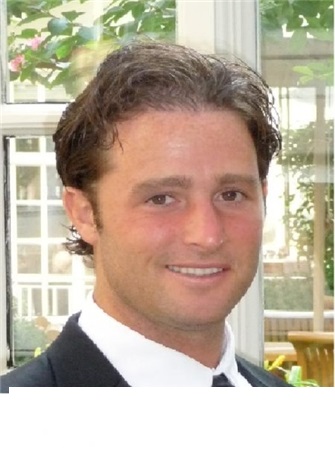
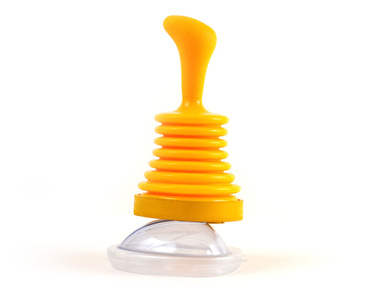



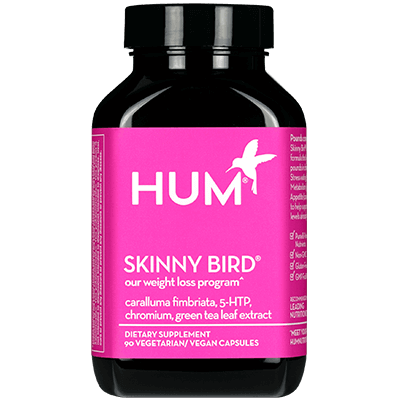
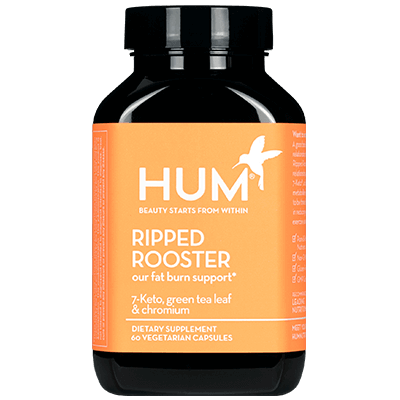
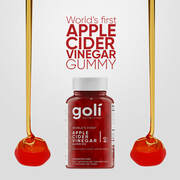
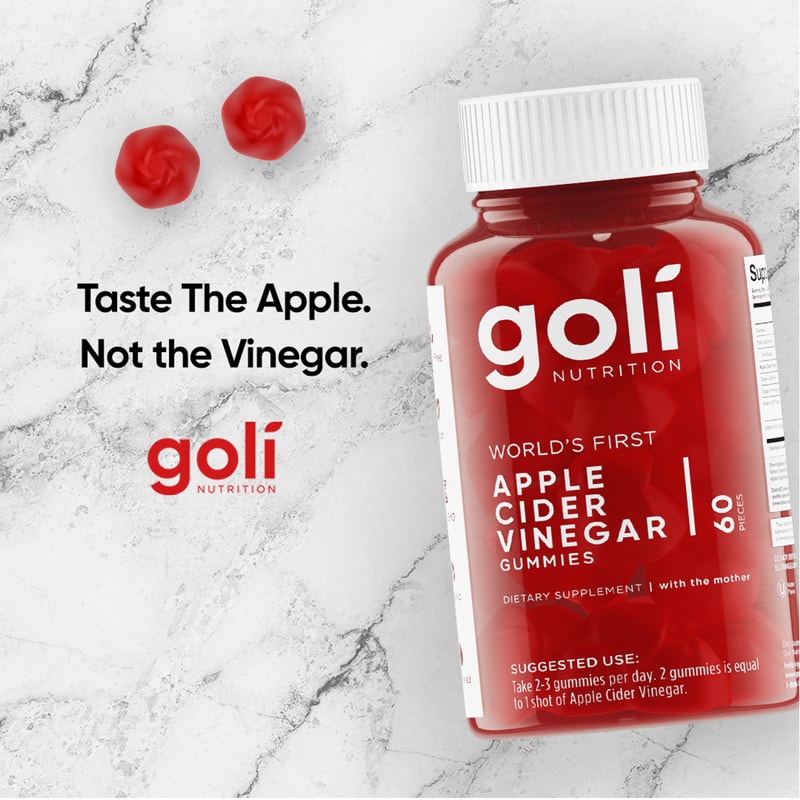


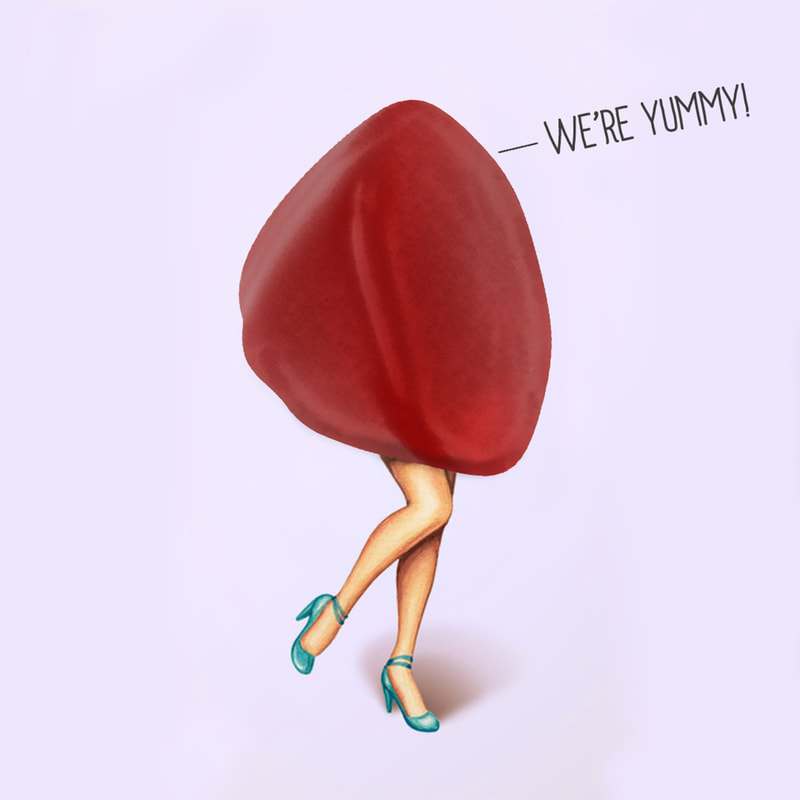

 RSS Feed
RSS Feed

